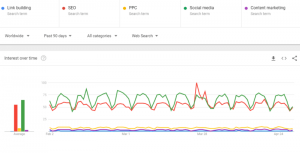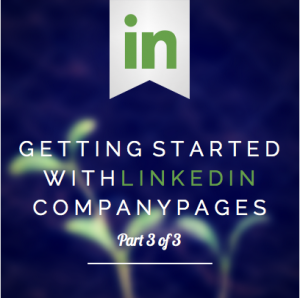By Sam Becker
Banking is evolving. While most people may associate a trip to the bank with a long wait in line and grumpy tellers, some banks are upping the ante: They now have branch locations that more closely resemble hotel lobbies, with concierges, cucumber water, and even quiet sitting areas.
Citi is one of those banks that’s putting a new spin on the banking experience. And while it’s focused its physical makeover efforts on a handful of branches in major markets, it’s also taking a new approach to its banking services—again, making them more similar to hotel and airline models. Citi recently announced a series of new banking benefits and services, united under one rallying cry of “simplified banking.” Specifically, it’s introducing new “relationship tiers” to its banking services; streamlining its fee structures; and introducing “family linking,” which allows family members to link their accounts, aggregate value, and unlock additional products and services.
“This is multiple years in the making, and is really a rewrite of the operating environment,” Craig Vallorano, head of retail banking at Citi, tells Fast Company. “The relationship tiers are the cornerstone, and simply put, it’s a recognition that customers evolve over a financial life cycle,” he says. “We’ve constructed the relationship management of our products in the bank to be nimble and dynamic—we evolve the features and benefits with [the customers].”
It’s the dynamism of Citi’s new approach that truly sets it apart from its competitors. In effect, the relationship tiers work as a non-static, ever-changing suite of products and services, depending on where customers are in their specific financial journey.
For example, for customers who open an account at age 20, they likely only need a bank account for simple transactions. But as they get older—perhaps marrying and having children—their balance will likely grow as their needs change. In that case, Citi automatically upgrades their relationship tier, giving them more benefits, such as access to financial advisors.
“It’s less about your age and more about your financial journey,” says Vallorano.
A bank that grows with you
Fees are also an important element—as well as avoiding them. As customers’ relationship with Citi matures and they advance to different tiers, they may no longer be subject to certain fees or costs for products or services. Furthermore, allowing family members to link accounts, thus swelling their pool of assets, may help them qualify for other products or services.
While new Citi customers will automatically be onboarded to the new relationship tier system, existing customers will need to opt in for early access before they are transitioned over in 2024. And according to Vallorano, so far, there’s been a lot of interest. “In a week, tens of thousands of existing Citi customers have opted in already,” he says.
For customers, there’s some clear potential value in the new system. For Citi, the value-add is keeping customers within its ecosystem, much like how Apple or Microsoft might encapsulate users with a suite of tech products and services. In that sense, Citi is taking a long-term approach to how it’s handling its retail customers—something that may be welcomed in a big way by many retail banking customers who, by and large, are hungry for financial guidance and wary of fees and fraud.
While we won’t know for some time just how well Citi’s new system ultimately shakes out, it is a different approach to the antiquated, often fraught relationship many people have with their banks. But Vallorano says that he thinks the hands-off, dynamic element of the new system will really resonate with people while also solidifying Citi’s foothold in the retail banking sector.
“There’s not another, ‘You have to do this,’” he says, referring to how customers no longer need to take additional action to open up extra services in their accounts. “It’s engaging and effective and fits our broader mission to be simpler and stronger.”
(12)
Report Post










